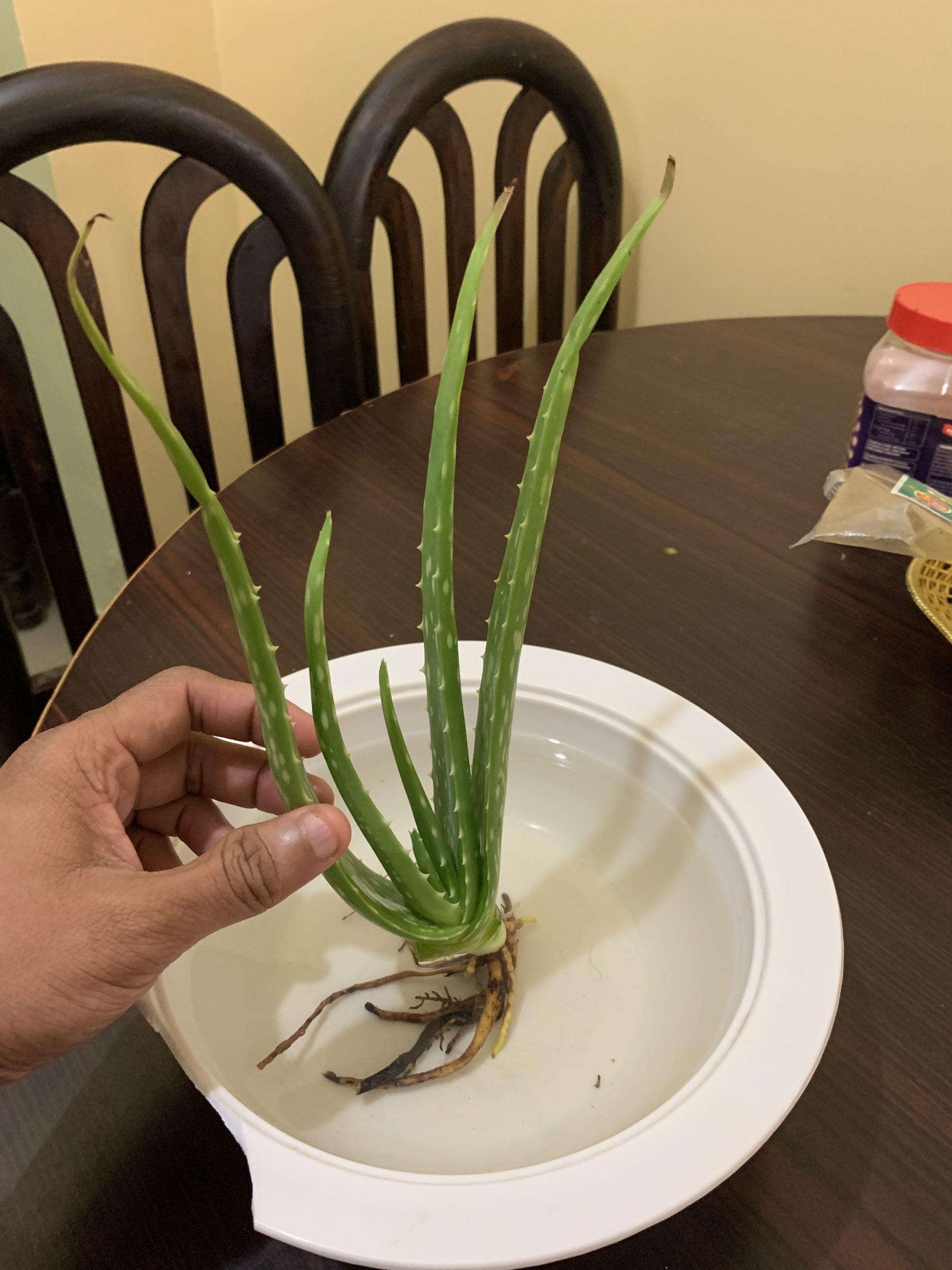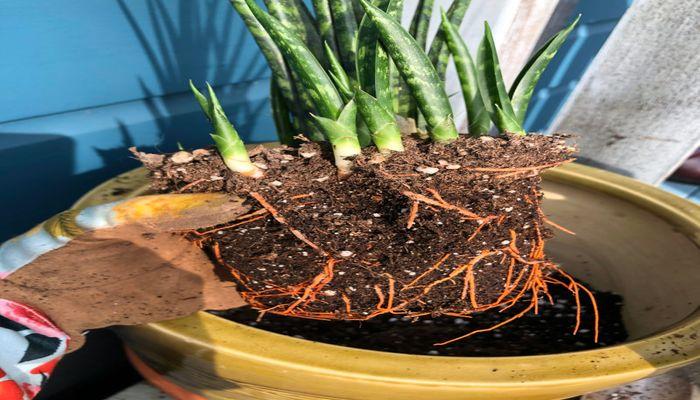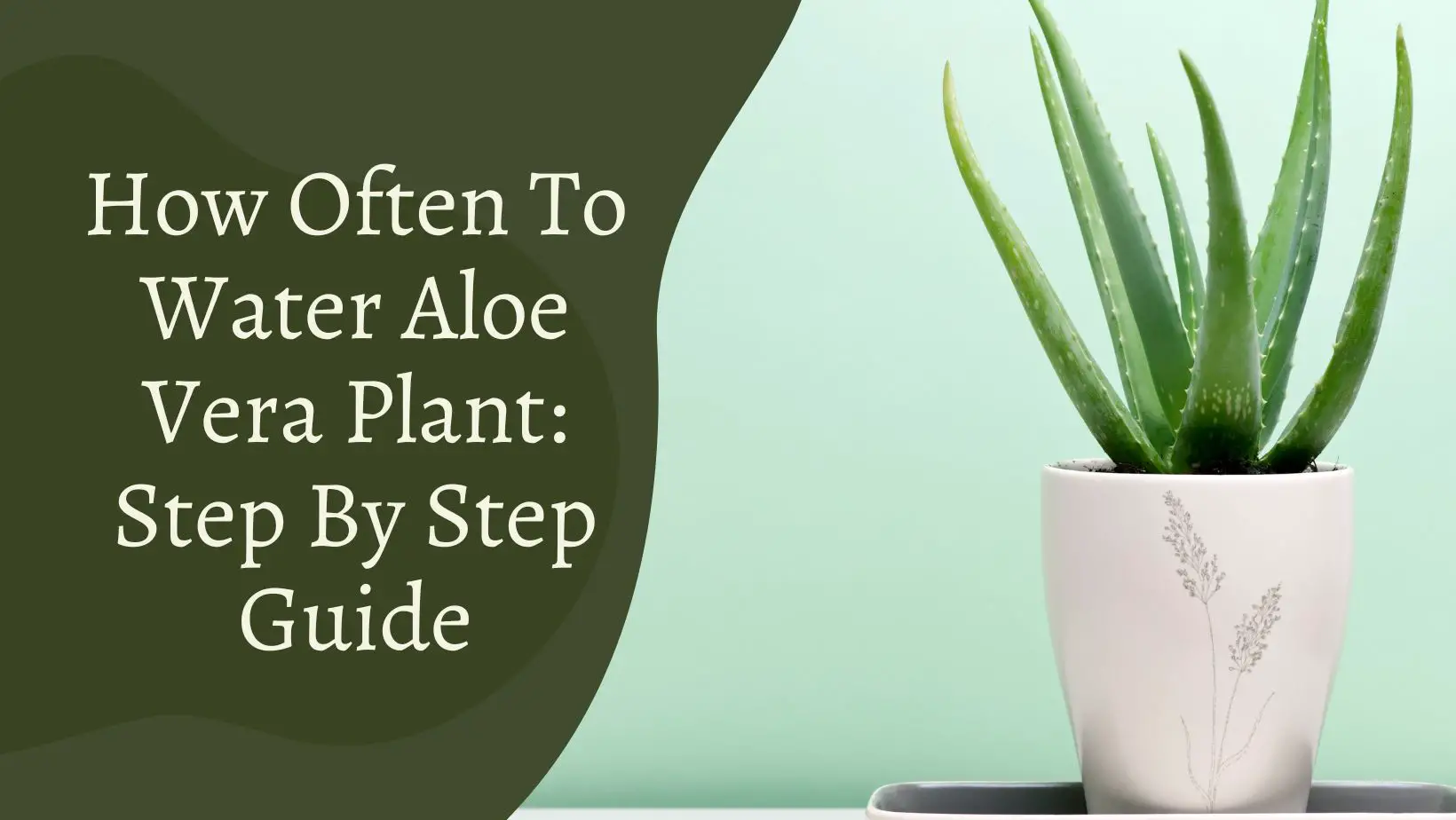Unlocking the Secrets of Aloe Vera Watering
Proper watering is crucial for the health and well-being of aloe vera plants. Overwatering and underwatering can have devastating consequences, including root rot, leaf drop, and pest infestations. Understanding the watering needs of aloe vera is essential to create a thriving and healthy plant. Aloe vera plants require careful attention to their watering schedule, as they are prone to water-related issues. To determine how often to water aloe vera, it’s essential to consider factors such as soil moisture, pot size, and climate.
In general, aloe vera plants prefer well-draining soil and should be watered sparingly, allowing the soil to dry out completely between waterings. However, the frequency of watering depends on the specific climate and environment in which the plant is grown. For example, aloe vera plants grown in hot and dry climates may require more frequent watering, while those grown in cooler and more humid climates may require less. By understanding the unique needs of aloe vera plants, growers can create a tailored watering schedule that promotes healthy growth and development.
One of the most common mistakes made when watering aloe vera is overwatering. This can lead to root rot, which can be fatal to the plant. To avoid overwatering, it’s essential to check the soil moisture regularly and adjust the watering schedule accordingly. A simple way to check soil moisture is to stick a finger into the soil up to the first knuckle. If the soil feels dry, it’s time to water. If it’s already moist, wait a few more days before watering again.
On the other hand, underwatering can also be detrimental to aloe vera plants. If the soil is too dry for an extended period, the plant may become stressed, leading to leaf drop and other issues. To avoid underwatering, make sure to water the plant thoroughly, allowing excess water to drain from the pot. This will ensure that the soil is moist but not waterlogged.
By understanding the importance of proper watering and taking the necessary steps to create a tailored watering schedule, growers can help their aloe vera plants thrive. Whether you’re a seasoned grower or just starting out, learning how to water aloe vera correctly is essential for promoting healthy growth and development. So, how often do you water aloe vera? The answer depends on various factors, but with the right knowledge and attention to detail, you can create a watering schedule that meets the unique needs of your plant.
How to Water Your Aloe Vera Plant for Optimal Growth
Watering aloe vera plants requires attention to detail and a understanding of the plant’s specific needs. To determine how often to water aloe vera, it’s essential to consider the frequency, amount, and timing of watering. The right watering schedule will depend on factors such as soil moisture, pot size, and climate.
As a general rule, aloe vera plants prefer to dry out slightly between waterings. This means that the soil should be allowed to dry out to a depth of about 1-2 inches before watering again. The frequency of watering will depend on the climate and time of year. In the spring and summer months, aloe vera plants may require more frequent watering, while in the fall and winter months, they may require less.
The amount of water to use will also depend on the size of the pot and the climate. A good rule of thumb is to water aloe vera plants with about 1-2 cups of water per gallon of potting soil. This will ensure that the soil is moist but not waterlogged. It’s also essential to avoid getting water on the leaves or crown of the plant, as this can cause rot and other problems.
The timing of watering is also crucial. Aloe vera plants prefer to be watered in the morning, so that the plant has the entire day to dry out slightly. This will help prevent root rot and other problems. It’s also essential to avoid watering aloe vera plants in the evening, as this can cause the plant to become waterlogged and increase the risk of root rot.
Soil moisture is also an essential factor to consider when watering aloe vera plants. The soil should be allowed to dry out slightly between waterings, but not completely. If the soil is too dry for an extended period, the plant may become stressed, leading to leaf drop and other issues. On the other hand, if the soil is too wet, the plant may become waterlogged, leading to root rot and other problems.
By considering the frequency, amount, and timing of watering, as well as the soil moisture and climate, you can create a tailored watering schedule that meets the unique needs of your aloe vera plant. Remember, the key to successful watering is to find a balance between keeping the soil moist and allowing it to dry out slightly between waterings.
Aloe Vera Watering Frequency: What’s the Magic Number?
When it comes to watering aloe vera plants, the frequency of watering is crucial to their health and well-being. But how often do you water aloe vera? The answer depends on several factors, including the plant’s location, climate, and time of year.
Indoor aloe vera plants typically require less frequent watering than outdoor plants. This is because indoor plants are often exposed to lower light levels and temperatures, which can slow down their growth and water requirements. As a general rule, indoor aloe vera plants should be watered every 7-10 days during the spring and summer months, and every 4-6 weeks during the fall and winter months.
Outdoor aloe vera plants, on the other hand, require more frequent watering due to their exposure to direct sunlight and varying temperatures. During the spring and summer months, outdoor aloe vera plants should be watered every 3-5 days, while during the fall and winter months, they should be watered every 7-10 days.
Seasonal changes also play a significant role in determining the watering frequency of aloe vera plants. During the spring and summer months, aloe vera plants are actively growing and require more water to support their growth. In contrast, during the fall and winter months, aloe vera plants are dormant and require less water.
So, how often do you water aloe vera? The magic number depends on the specific needs of your plant. By taking into account the plant’s location, climate, and time of year, you can determine the optimal watering frequency for your aloe vera plant.
Here are some expert tips to help you adjust your watering schedule accordingly:
– Check the soil moisture regularly to determine if the plant needs water.
– Adjust the watering frequency based on the plant’s growth rate and climate.
– Avoid overwatering, which can lead to root rot and other problems.
– Water aloe vera plants in the morning to allow the plant to dry out slightly before nightfall.
By following these tips and adjusting your watering schedule accordingly, you can help your aloe vera plant thrive and enjoy optimal health.
The Dangers of Overwatering: How to Avoid Root Rot and Other Issues
Overwatering is one of the most common mistakes made when caring for aloe vera plants. It can lead to a range of problems, including root rot, leaf drop, and pest infestations. Understanding the dangers of overwatering and how to avoid them is crucial to keeping your aloe vera plant healthy and thriving.
Root rot is a common problem caused by overwatering aloe vera plants. When the soil is too wet, the roots of the plant can become waterlogged, leading to root rot. This can cause the plant to become weak and vulnerable to disease. To avoid root rot, make sure to check the soil moisture regularly and avoid watering the plant too frequently.
Leaf drop is another problem caused by overwatering aloe vera plants. When the plant is watered too much, the leaves can become waterlogged and drop off. This can be a sign of root rot or other problems. To avoid leaf drop, make sure to water the plant carefully and avoid getting water on the leaves.
Pest infestations are also a common problem caused by overwatering aloe vera plants. When the plant is watered too much, it can attract pests such as mealybugs, spider mites, and scale. These pests can cause damage to the plant and spread disease. To avoid pest infestations, make sure to inspect the plant regularly and treat any infestations promptly.
So, how can you avoid overwatering your aloe vera plant? Here are some tips:
– Check the soil moisture regularly to determine if the plant needs water.
– Avoid watering the plant too frequently, especially during the winter months when it is dormant.
– Make sure the pot has good drainage holes to prevent water from accumulating in the soil.
– Avoid getting water on the leaves or crown of the plant, as this can cause rot and other problems.
By following these tips, you can help prevent overwatering and keep your aloe vera plant healthy and thriving.
Watering Aloe Vera in Different Climates: A Regional Guide
Aloe vera plants can thrive in a variety of climates, but the watering needs of the plant can vary significantly depending on the region. Understanding the unique climate and weather patterns of your area is crucial to providing the right amount of water for your aloe vera plant.
In hot and dry climates, such as the desert southwest, aloe vera plants require more frequent watering to compensate for the high temperatures and low humidity. In these regions, it’s essential to water the plant every 3-5 days during the spring and summer months, and every 7-10 days during the fall and winter months.
In cooler and more humid climates, such as the Pacific Northwest, aloe vera plants require less frequent watering. In these regions, it’s essential to water the plant every 7-10 days during the spring and summer months, and every 4-6 weeks during the fall and winter months.
In tropical climates, such as Hawaii and Florida, aloe vera plants require more frequent watering due to the high temperatures and humidity. In these regions, it’s essential to water the plant every 3-5 days during the spring and summer months, and every 7-10 days during the fall and winter months.
It’s also essential to consider the specific weather patterns of your region when watering your aloe vera plant. For example, if you live in an area with high winds, you may need to water your plant more frequently to compensate for the moisture loss.
Here are some region-specific tips for watering aloe vera plants:
– In the desert southwest, water your aloe vera plant every 3-5 days during the spring and summer months, and every 7-10 days during the fall and winter months.
– In the Pacific Northwest, water your aloe vera plant every 7-10 days during the spring and summer months, and every 4-6 weeks during the fall and winter months.
– In tropical climates, water your aloe vera plant every 3-5 days during the spring and summer months, and every 7-10 days during the fall and winter months.
By understanding the unique climate and weather patterns of your region, you can provide the right amount of water for your aloe vera plant and help it thrive.
Aloe Vera Watering Tools and Accessories: What You Need to Know
Watering aloe vera plants can be a bit tricky, but with the right tools and accessories, you can make the process easier and more efficient. In this section, we’ll explore some of the most useful tools and accessories for watering aloe vera plants.
Moisture Meters: A moisture meter is a handy tool that measures the moisture levels in the soil. This can help you determine when your aloe vera plant needs water, and how much water it needs. There are different types of moisture meters available, including digital and analog models.
Watering Globes: Watering globes are small, spherical devices that release water slowly into the soil. They’re perfect for aloe vera plants, as they provide a steady supply of water without overwatering. Watering globes are also great for plants that are prone to drying out quickly.
Self-Watering Pots: Self-watering pots are designed to water your aloe vera plant automatically. They have a built-in water reservoir that supplies water to the plant as needed. Self-watering pots are perfect for busy people or those who tend to forget to water their plants.
Soil Moisture Sensors: Soil moisture sensors are small devices that measure the moisture levels in the soil. They’re usually connected to a watering system, and can automatically water your aloe vera plant when the soil reaches a certain level of dryness.
Watering Cans: Watering cans are a simple and effective way to water your aloe vera plant. They come in different sizes and materials, and can be used to water plants of all sizes.
By using these tools and accessories, you can make watering your aloe vera plant easier and more efficient. Remember to always check the soil moisture before watering, and adjust your watering schedule accordingly.
Here are some tips for using these tools and accessories:
– Use a moisture meter to check the soil moisture levels before watering.
– Water your aloe vera plant with a watering can or watering globe to provide a steady supply of water.
– Use a self-watering pot to automate the watering process.
– Monitor the soil moisture levels with a soil moisture sensor to ensure your aloe vera plant is getting enough water.
By following these tips, you can keep your aloe vera plant healthy and thriving.
Troubleshooting Common Aloe Vera Watering Issues
Even with the best intentions, problems can still arise when watering aloe vera plants. In this section, we’ll address some common issues that may occur and provide troubleshooting tips and solutions to help you overcome them.
Leaf Discoloration: If the leaves of your aloe vera plant are turning yellow or brown, it may be a sign of overwatering. Check the soil moisture and adjust your watering schedule accordingly. If the problem persists, consider repotting the plant in fresh soil.
Slow Growth: If your aloe vera plant is not growing as quickly as you’d like, it may be due to underwatering. Check the soil moisture and increase the frequency of watering if necessary. Also, make sure the plant is receiving enough light and nutrients.
Pest Infestations: Pests such as mealybugs, spider mites, and scale can infest aloe vera plants, especially if they are overwatered. Check the plant regularly for signs of pests and treat promptly if necessary.
Root Rot: Root rot is a common problem caused by overwatering aloe vera plants. If you suspect root rot, stop watering the plant immediately and repot it in fresh soil. Also, make sure the pot has good drainage holes to prevent water from accumulating in the soil.
Here are some general tips for troubleshooting common aloe vera watering issues:
– Check the soil moisture regularly to ensure the plant is not overwatered or underwatered.
– Adjust the watering schedule according to the climate and time of year.
– Provide enough light and nutrients for the plant to grow and thrive.
– Inspect the plant regularly for signs of pests and treat promptly if necessary.
– Repot the plant in fresh soil if necessary to prevent root rot and other problems.
By following these tips, you can troubleshoot common aloe vera watering issues and keep your plant healthy and thriving.
Conclusion: Mastering the Art of Watering Your Aloe Vera Plant
Watering aloe vera plants can be a bit tricky, but with the right knowledge and techniques, you can master the art of watering your plant. Remember, the key to successful watering is to understand the unique needs of your aloe vera plant and adjust your watering schedule accordingly.
In this article, we’ve covered the importance of proper watering for aloe vera plants, including the consequences of overwatering and underwatering. We’ve also provided a step-by-step guide on how to water aloe vera plants, including the frequency, amount, and timing of watering.
We’ve also explored the specifics of aloe vera watering frequency, including the differences between indoor and outdoor plants, and the impact of seasonal changes on watering needs. Additionally, we’ve offered expert tips on how to adjust watering schedules accordingly.
Furthermore, we’ve warned readers about the dangers of overwatering aloe vera plants, including root rot, leaf drop, and pest infestations. We’ve also provided advice on how to identify the signs of overwatering and how to recover from it.
We’ve also introduced readers to various tools and accessories that can aid in watering aloe vera plants, such as moisture meters, watering globes, and self-watering pots. We’ve evaluated the effectiveness of these tools and provided recommendations.
Finally, we’ve addressed common problems that may arise when watering aloe vera plants, such as leaf discoloration, slow growth, or pest infestations. We’ve provided troubleshooting tips and solutions to help readers overcome these challenges.
By following the tips and guidelines outlined in this article, you can master the art of watering your aloe vera plant and enjoy a thriving and healthy plant. Remember, the key to successful watering is to understand the unique needs of your plant and adjust your watering schedule accordingly.
So, how often do you water aloe vera? The answer depends on the specific needs of your plant, but with the right knowledge and techniques, you can provide the perfect amount of water for your aloe vera plant.








